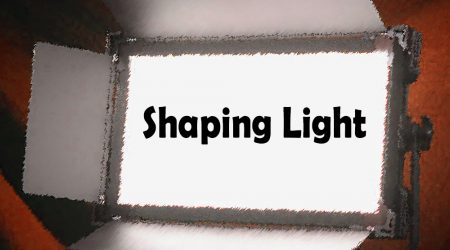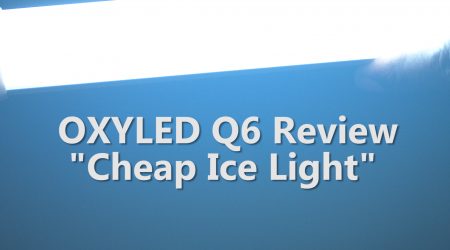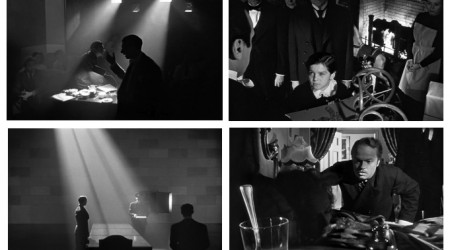This was put together by Timur for NoFilmSchool “28-Light Shootout: The Most Comprehensive LED Test You’ve Ever Seen”
So I watched all of the videos and was amazed at the differences in range and color temperature that these lights had. Also, the fact that I prefer the look of some of the cheaper lights to other more expensive lights.
LED Shootout 2017: The Main Test
LED Shootout 2017: Direct Comparison
LED Shootout 2017: Color Correction
28-Light Shootout: The Most Comprehensive LED Test You’ve Ever Seen
Via No Film School:
This LED shootout compares 28 lights, ranging in price from $599 to $10K. It also introduces the science of LEDs.
[Editor’s Note: No Film School asked Timur Civan to conduct an exhaustive LED shootout.]
Last year, I compared 11 LEDs on this site, merely out of curiosity. I was looking to buy LEDs, but, having used some of the older classic LED panels, I was concerned about the quality of color; LEDs at the time were not known for color accuracy. There were tons of reviews online, but very few direct comparisons between the brands, and not much actual data about the color quality available. So I borrowed a C700 from my friends at Sekonic and went to B&H—the only place with a showroom full of LEDs—and I started metering the lights. I purchased the brand I thought performed the best and shared my findings here.
This year, as a follow-up, I wanted to go a bit more in-depth to seek accurate results with a wider variety of lights. Not everything on my wishlist made it to the set, but we got a wide range of lights from all price points, covering the major manufacturers—both legacy and newcomers.
What to Expect
In this post, you’ll watch videos of the tests and then have the chance to read some of my thoughts on each light. The videos are self-explanatory, for the most part, but here is a quick breakdown:
The Main Test
The first video starts with the control light for each group, daylight and Tungsten. Then, it cycles through the different lights, one after another, full screen with the C700 readings displayed on the right side, so you can see what is happening with regards to the spectrograph and magenta/green readings.
Direct Comparison
The second video is a direct, side-by-side comparison of each light versus the control. For example, the daylight or Tungsten control shot will be on the left side of the screen, and the LEDs will cycle through as they did with the first video, but this way you can directly compare the color quality versus the control group. This is where you really see the differences.
Color Correction
The third video is similar to the second, but this time, halfway through each LED clip, the LED images will be manually white balanced with the dropper tool using the gray card to neutralize the color. This third video is intended to show you the possibilities of what the light can look like when simply corrected to neutral in post. At the top of the “data” section, you can download R3D stills of each light as well as the Waveforms and RGB data sheet if you want to examine anything more closely. Your eyes will be the best judge overall. Do your best to watch on a calibrated monitor.
For the full article, check it out on NoFilmSchool:
Be sure to join the Capturing Light Community on Facebook and say hello. I would love to hear from you. https://www.facebook.com/groups/CapturingLightPodcastCommunity/


